[ad_1]
Autumn foliage falls in heaps as deciduous timber and shrubs put collectively for winter. Throughout the event you dwell shut to these timber, your yard is more likely to be full of fallen, dry leaves! A straightforward decision to course of them is to make compost. It’s a nutrient and microbe-rich modification that helps soils and vegetation thrive.
Autumn is the correct time to begin a compost pile. The leaf litter creates an infinite present of uncooked particles which you’ll combine with grass clippings, yard waste, or kitchen scraps. Autumn is nice on account of piles want mounted moisture, delicate temperatures, and sunshine. The season has these traits, making the decomposition course of easy and easy.
Whether or not or not or not you may have significantly or a great deal of leaves, you’ll should recycle them in a signifies that helps your native surroundings. Composting is nice since you upcycle the leaves and create a free soil modification that helps species develop in the long run. You’ll clear up your yard and assist the earth in a single fell swoop!
So, the query nonetheless begs asking. Do fall leaves make good compost? Let’s uncover out.
The Quick Reply
Fall leaves make very good compost! They solely want fully completely different offers to combine with and create a balanced, healthful modification. Throughout the event you make a pile of leaves with no fully completely different offers, you’ll create leaf mildew. It’s a carbon-rich soil useful helpful useful resource that mimics compost nonetheless lacks excessive parts of nitrogen. It’s additional helpful as a mulch barely than for fertilizing tender, annual crops.
Whether or not or not or not you determine on creating compost or leaf mildew, you’ll obtain this understanding you’re altering pure matter into in the marketplace plant dietary nutritional vitamins. You’ll assist your yard and the native surroundings while you keep leaf litter in your yard.
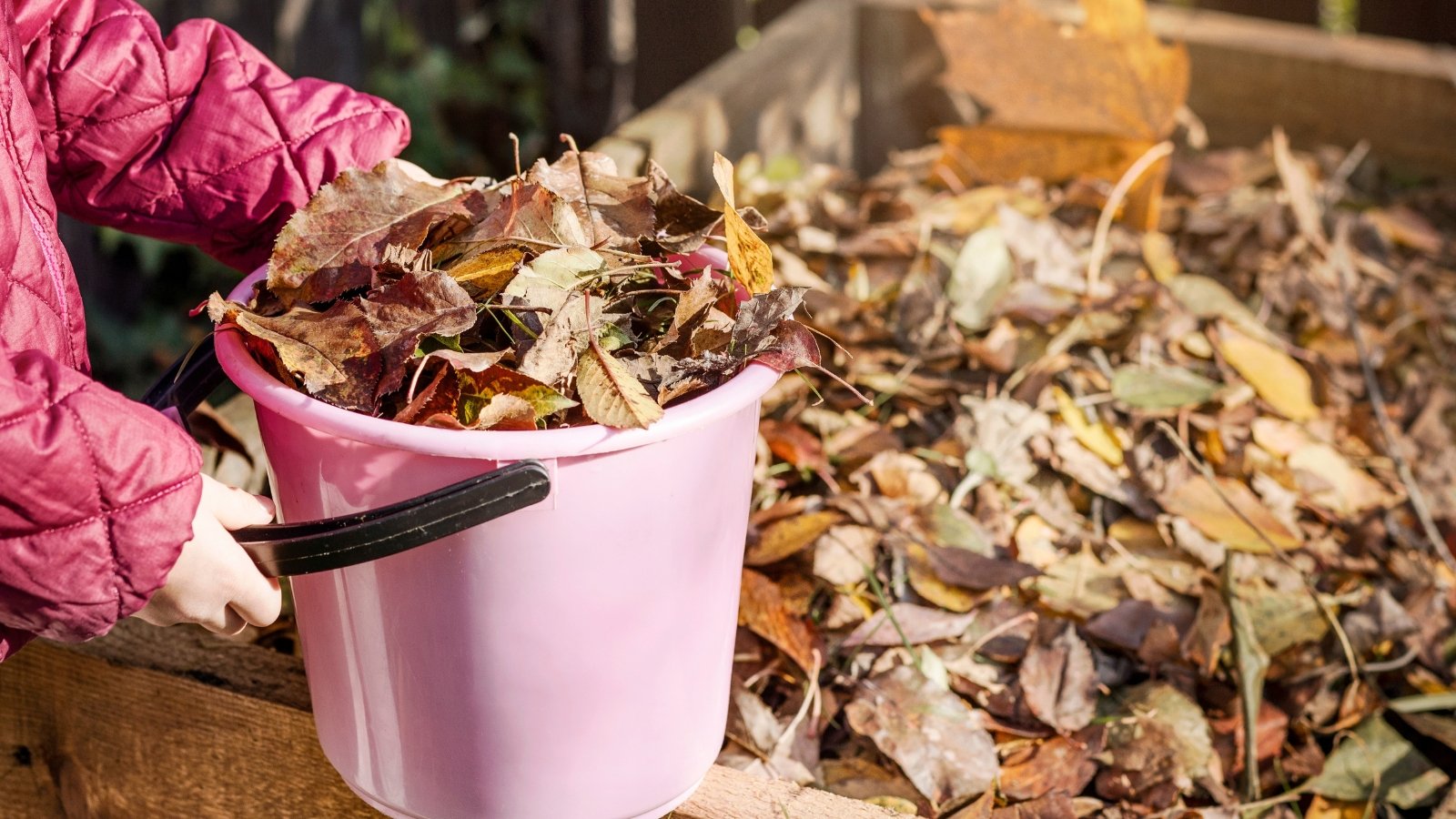

Leaves make a good addition to compost piles, nonetheless you’ll want fully completely different particles to steadiness them out. Collect your waste and put collectively to point it into black, crumbly, humus-rich compost!
Steadiness Browns and Greens
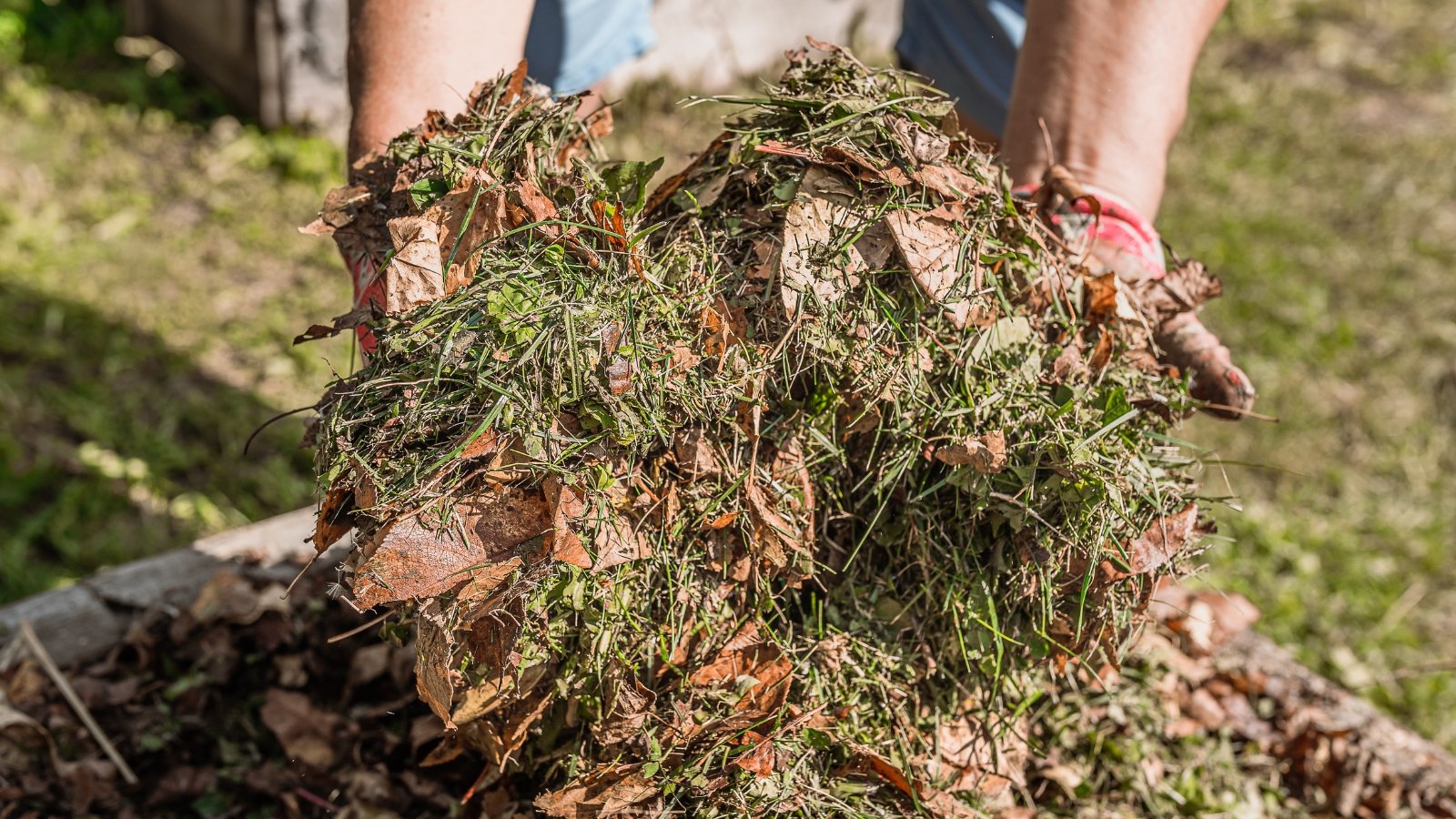

Good compost has a healthful mixture of greens and browns. These two phrases signify various kinds of particles; greens are fleshy, nitrogen-rich pure matter, whereas browns are dry, carbon-rich offers. A ratio of 30 parts carbon to 1 half nitrogen by weight creates the proper ultimate product with little components.
Purchase 30:1 carbon-to-nitrogen weight ratios by along with one shovelful of greens and two or three shovelfuls of browns. This ensures an correct steadiness of each offers so the pile decays with out unhealthy smells or attracting pests and rodents. On account of fleshy greens weigh additional, you’ll want fewer scoops than gentle, waterless brown offers.
Fall leaves are brown offers—they embrace a lot of carbon and little nitrogen, amongst fully completely different micronutrients. Brown offers are factors like straw, fall particles, and chemical-free paper or cardboard. To steadiness them in compost, you’ll want some kitchen scraps or grass clippings to combine in. Completely completely different inexperienced offers embody manure, alfalfa meal, and occasional scraps.
Chop Them Up
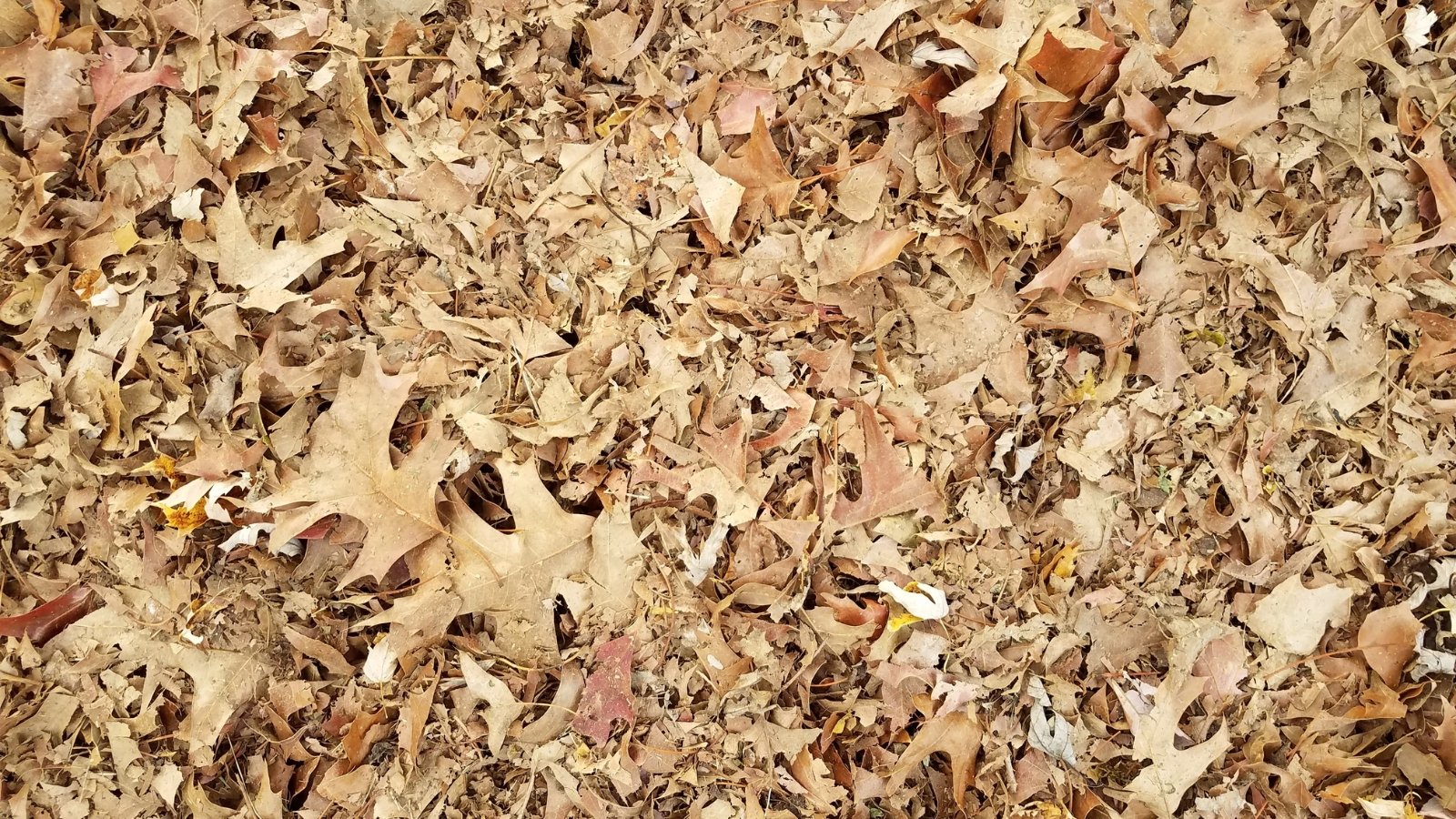

Autumn native climate is more likely to be moist, chilly, and moist. These situations set off extreme wetness in your piles, making them soggy messes. That is worse when leaves are full-size. Their surfaces cling to a minimum of one one different, forming sturdy lots of decaying particles.
Velocity up the decomposition course of and forestall clumping by chopping the residues into small objects earlier than along with them to the piles. The smaller measurement helps them come into contact with additional decaying organisms and worms and prevents clumps from slowing down decomposition.
Some units assist make the chopping course of lots a lot much less time-consuming. As soon as you’ve got obtained a yard, bear in mind scattering the leaves over it and mowing them up with a mulch plug. Your yard mower chops up the leaves and places them correct proper right into a bag, doing a lot of the be merely finest for you! Completely completely different methods embody utilizing pruners, rakes, or shovels to interrupt and chop giant objects into smaller ones.
Compost Has Wishes
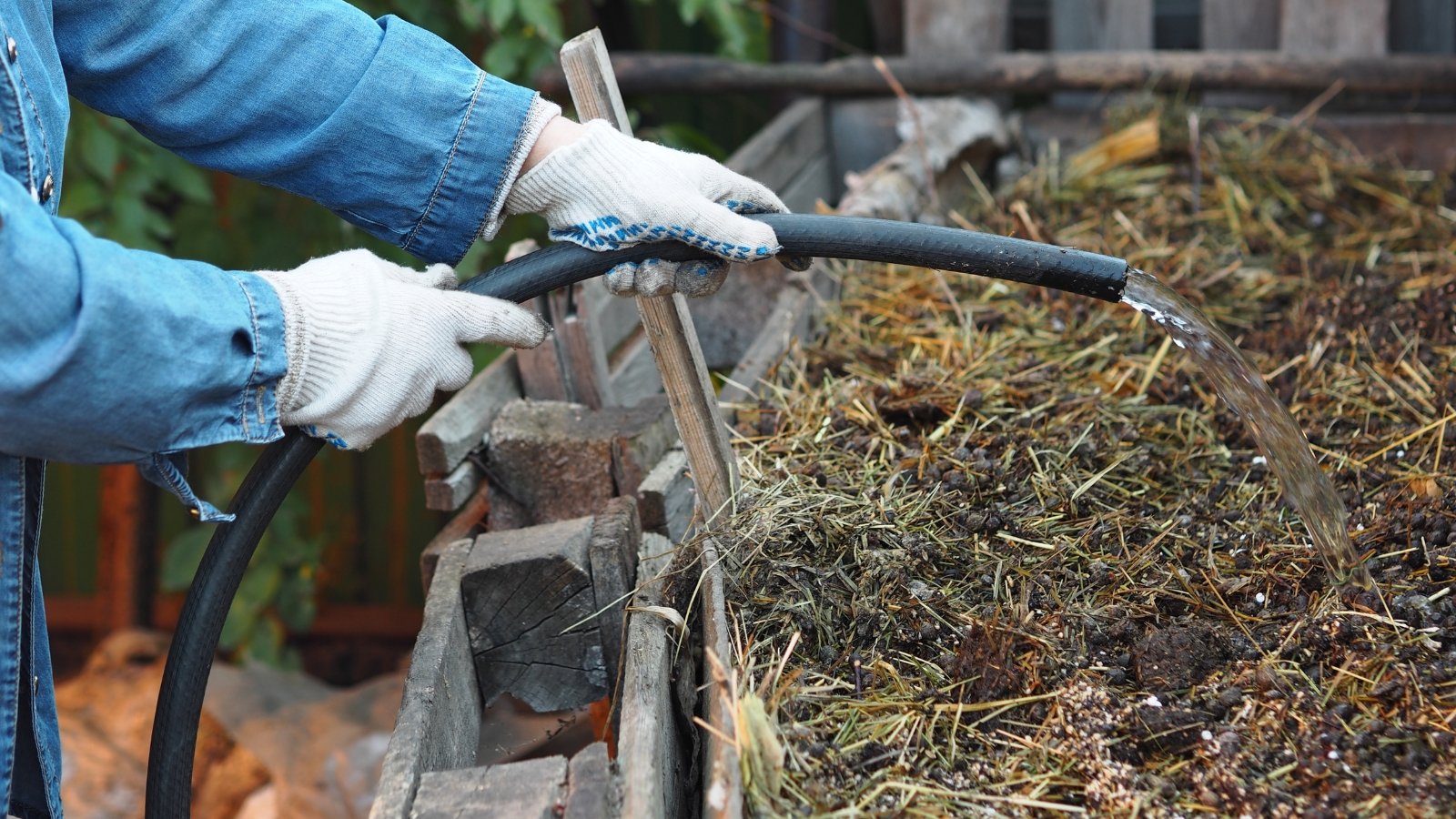

When you make a pile some duties assist keep it in tip-top type. Piles want three factors to work: air, water, and an correct steadiness of browns and greens. Piles might endure and begin smelling rotten with out one among these three parts! They make sure that the microbes, worms, and larvae maintain content material materials supplies and work to defeat sicknesses and weeds.
For proper water ratios, guarantee your piles have 50% moisture. Seize a clump of your compost and squish it—it should basically actually really feel like a wrung-out sponge. You need it to be moist nonetheless not soggy. The decaying organisms acknowledge delicate ambient temperatures, they usually additionally’ll go dormant as laborious frosts develop additional frequent in winter. Fall has glorious, cool temperatures that permit the microbes to work with out drying out or getting too scorching.
The ultimate phrase key to success is popping! Turning is a technique of rotating composting offers so additional air can attain them. A pitchfork is the proper instrument for this observe, though shovels, rakes, and hoes can work as an alternative.
Begin by stabbing your pile with the instrument, then enhance and rotate the particles. Go spherical your pile and do that on each facet to make sure to don’t miss any spots. Use a rake on the top to rearrange the waste so it makes a neat, tidy pile. Flip day-after-day or each fully completely different day for warmth compost and as shortly as a month or additional for chilly compost.
Make Leaf Mildew Instead
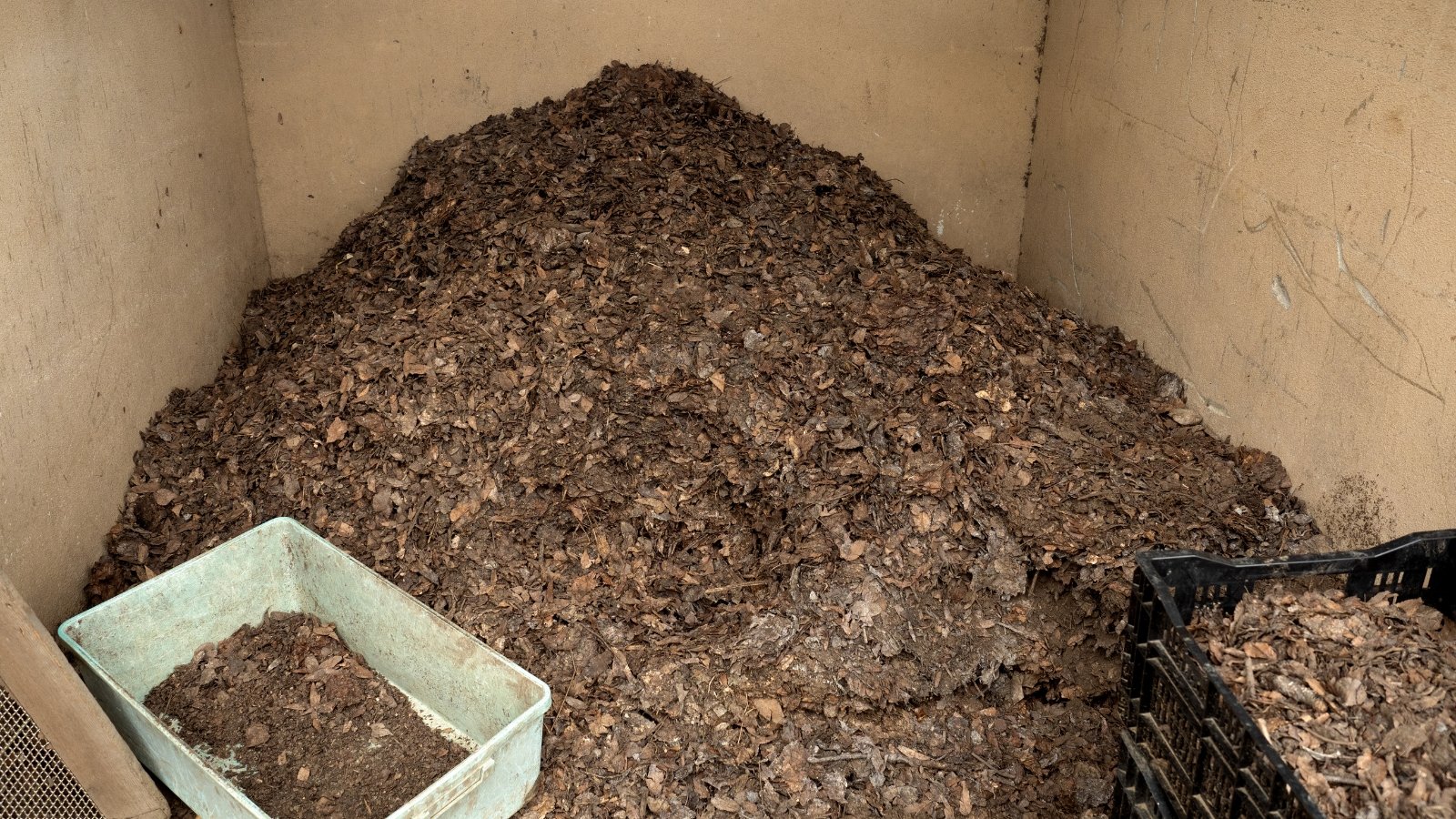

Leaf mildew makes use of an equal course of as compost nonetheless it’s completely leaves! It’s the appropriate modification to make in autumn in case you lack inexperienced waste. Though it requires lots a lot much less inputs than compost, it takes longer to decay fully and most piles obtained’t be prepared till spring. The ultimate phrase product is definitely nicely well worth the wait—it’s black, earthy smelling, and full of dietary nutritional vitamins for vegetation.
To make leaf mildew, stack a pile of chopped leaves three ft tall and massive. I like along with small twigs into the piles, as they assist create constructing and facilitate good airflow. They’re wealthy in carbon, like a leaf, nonetheless they are going to decelerate the decomposition course of. Solely add fairly a number of to assist separate the moist leaf layers, and keep away from overloading the piles with picket.
Cope with leaf mildew by turning, watering, and feeding your piles as obligatory. Leaf mildew wishes turning as shortly as every week or additional to assist tempo up its breakdown. Each time you flip, you introduce waste to new microbes and worms that voraciously feast on it.
Water the piles in order that they’re 50% moist like a wrung-out sponge. You’ll have prepared leaf mildew in three months or longer—the extra typically you flip it the faster it breaks down.
How To Use Compost and Leaf Mildew
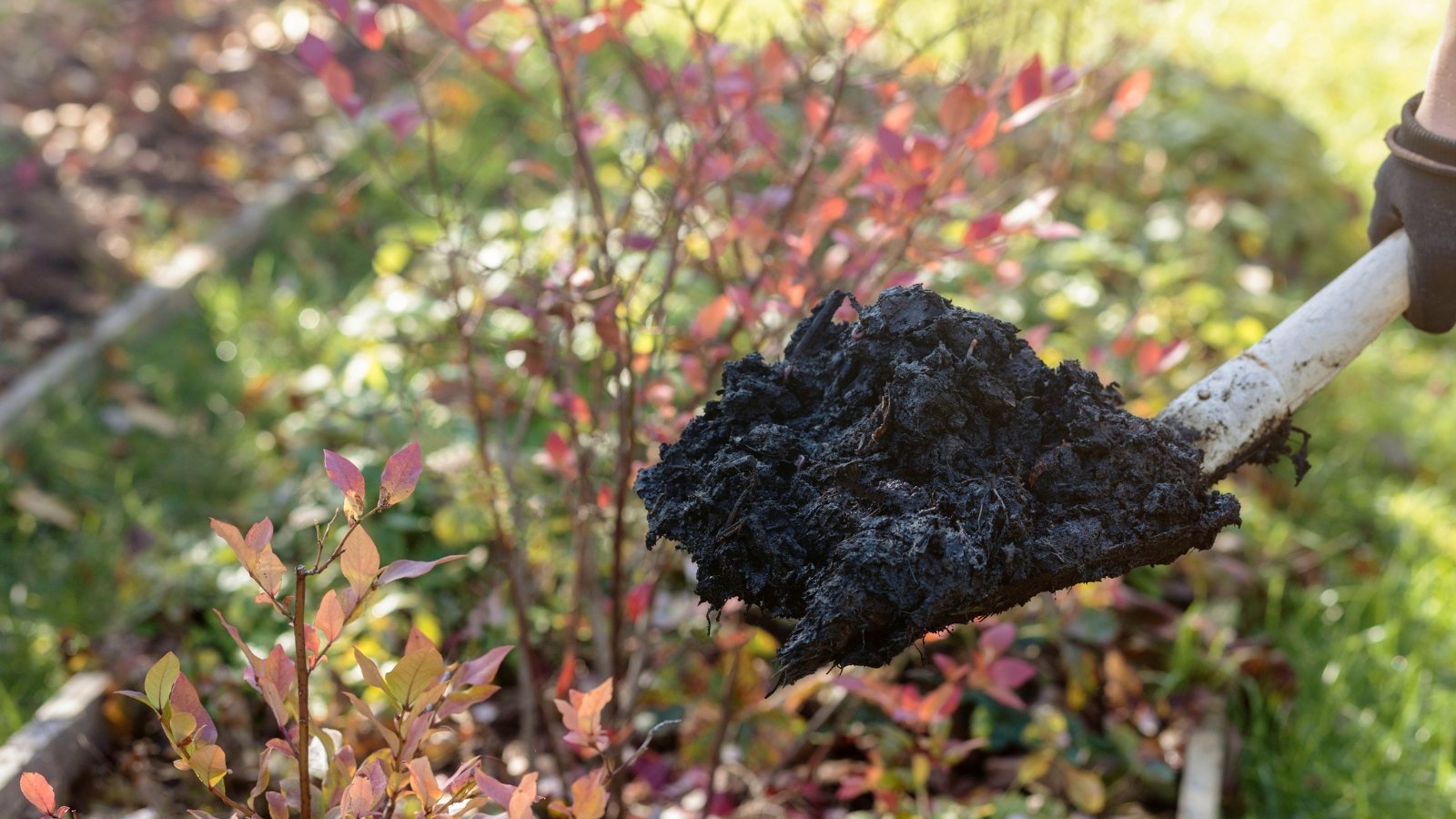

Compost and leaf mildew assist sure vegetation higher than others, though you presumably can use each on any plant species. Compost has additional nitrogen in it, which causes excessive ranges of bacterial prepare. Annual and perennial vegetation with a lot of vegetative tissue acknowledge nitrogen and micro organism of their soils, making compost an impressive modification for these species.
Leaf mildew is completely fully completely different; it’s made completely of fallen tree foliage, which suggests it has a lot of carbon and little nitrogen. Fungi acknowledge decaying carbon sources, they usually additionally’re additional energetic the place it’s current in excessive parts. Leaf mildew advantages these fungi, and fungi assist woody timber, shrubs, and perennials thrive.
As of late, soil scientists are uncovering an entire universe beneath the underside. Evaluation current the excellent and essential qualities of the fungi, micro organism, and archaea that kind partnerships with vegetation. They dwell beneath us in silence, collaborating in a secret place in virtually each pure course of in our environments.
Mycorrhizae sort partnerships with plant roots and create an underground fungal group for sustaining forests. They break down dietary nutritional vitamins and feed them to vegetation in alternate for sugars. It’s best to make use of these pure partnerships to your income by along with compost or leaf mildew the place they income your vegetation most.
Completely completely different Methods To Upcycle Fall Particles
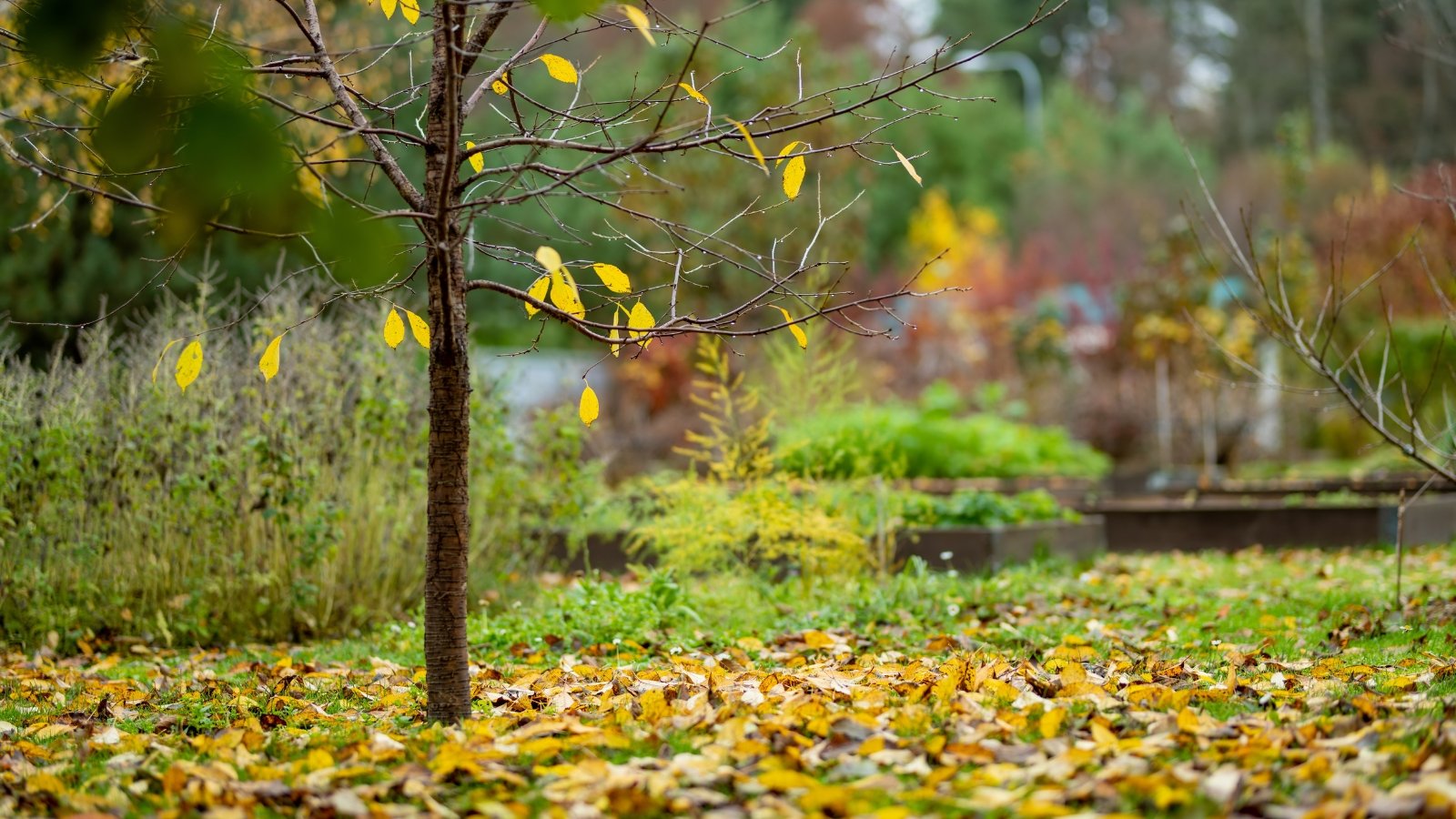

As soon as you’ve got obtained too many piles already, you is susceptible to be questioning if there are every completely different methods to recycle your fall particles. There are! They’ll decay on their very private with none interference as they do in nature. When timber dump their canopies, they drop them onto the forest flooring. The thick, decaying layer provides dietary nutritional vitamins, microbes, and worms to the soil on account of it breaks down.
You may simulate this in your yard by leaving the leaves the place they fall. Throughout the event that they fall in your yard, use a yard mower with a mulch plug to cut them into the soil. Throughout the event that they fall in your vegetation, rake them over the soil’s floor in order that they cowl vegetation’ root zones.
Cowl wherever there may be naked soil with leaves earlier than winter. They’ll insulate the underside and decay in spring as heat temperatures arrive. The place winters are delicate they’ll decay all through the chilly season and type prepared soil by spring.
One completely different ingenious means to make the most of them is to make work! Dry and press them for lovely autumn collages, or use them as prints for illustrations. They add a contact of the floor to work canvases, bringing a way of the yard into our treasured properties.
[ad_2]
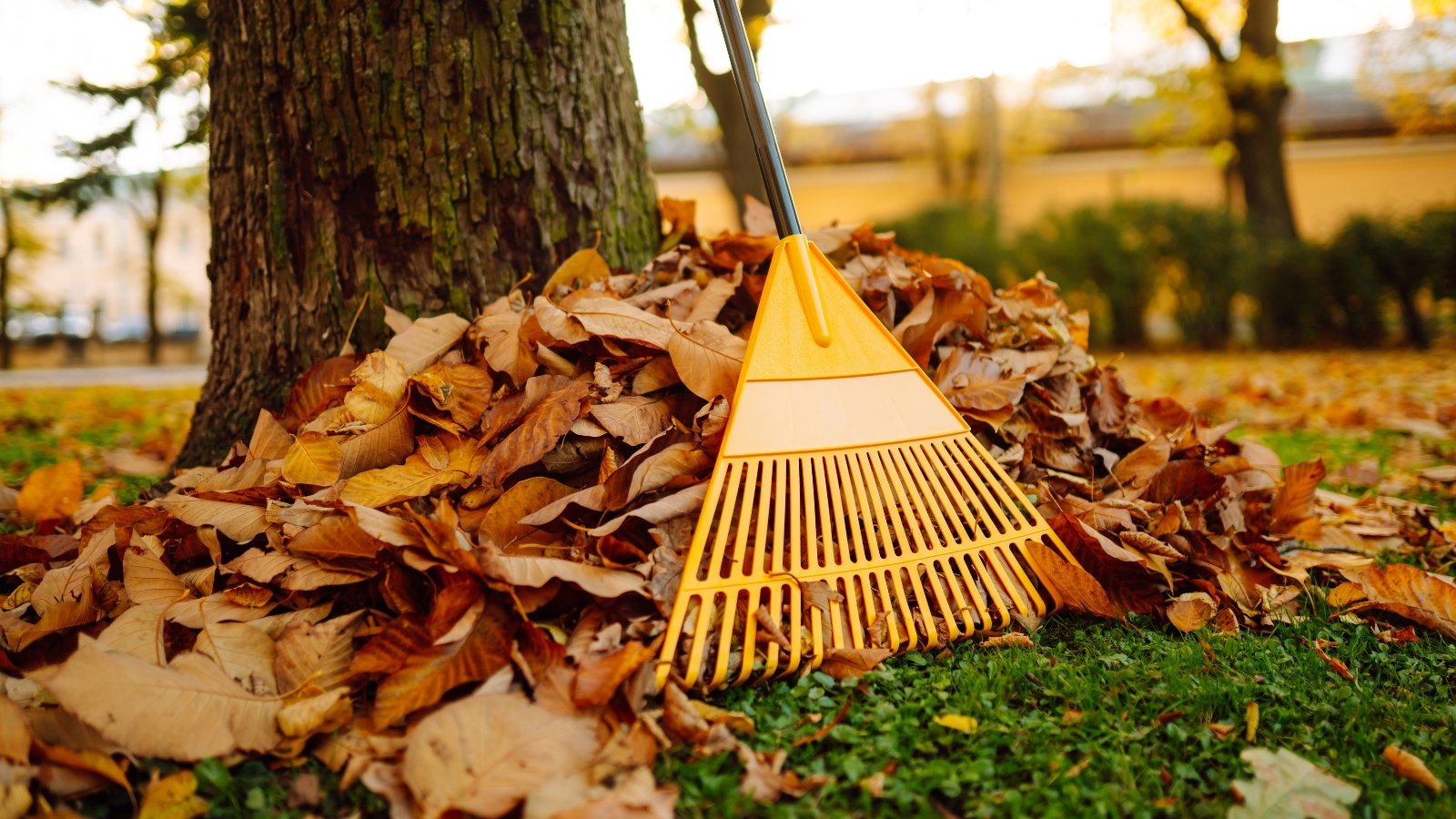
The article provides a detailed overview of composting with fall leaves. I appreciate the emphasis on balancing browns and greens for effective decomposition. This is valuable information for anyone looking to improve their gardening practices.
It’s good to see advice on using autumn leaves beneficially rather than just disposing of them. The idea of using them as mulch or in compost aligns well with sustainable gardening practices that everyone should consider.
The explanation about leaf mildew was quite enlightening. While I’ve heard of it before, understanding the differences between compost and leaf mildew is crucial for making informed choices in garden management.
I found the section on turning compost particularly insightful. It’s interesting how such a simple action can greatly enhance the decomposition process. I’ll definitely implement this technique in my own composting efforts.
Overall, this article does a commendable job of breaking down the composting process. The tips provided for achieving moisture balance and proper aeration are practical and easy to follow, which makes it accessible for beginners.